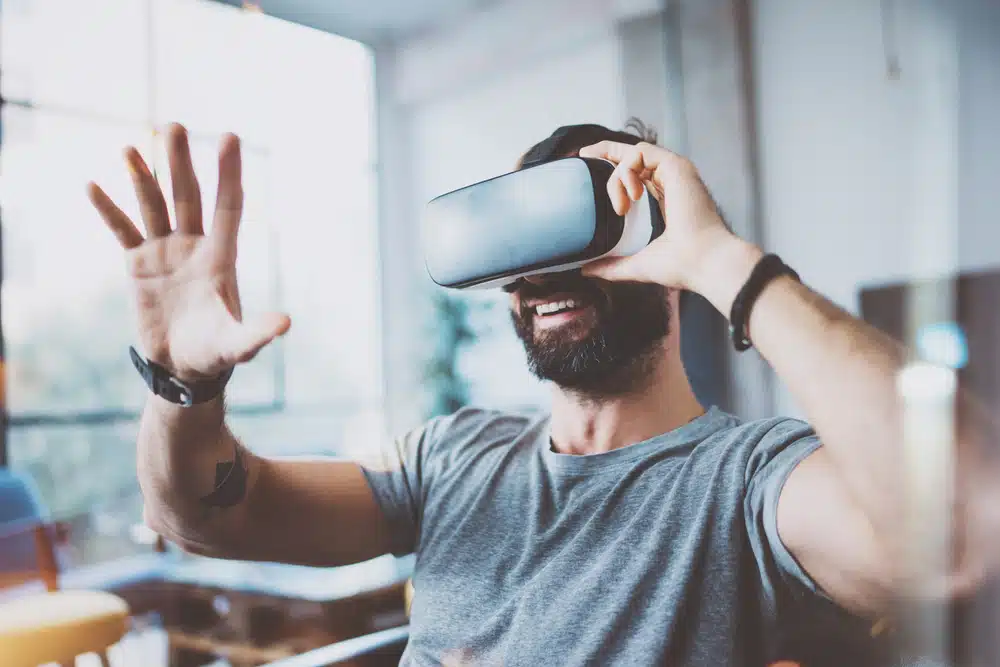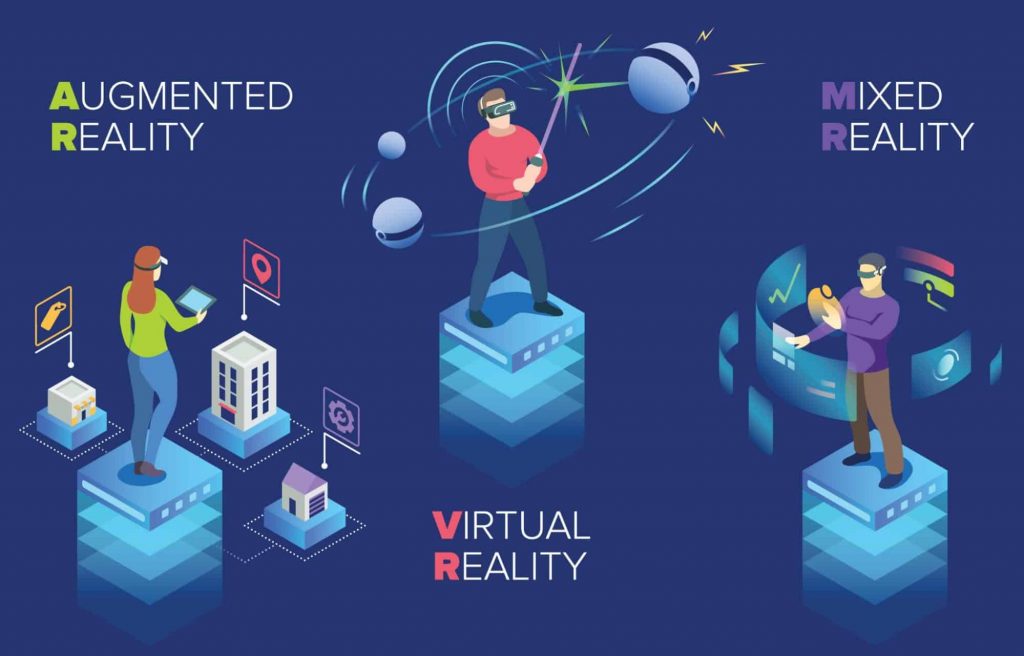New technologies such as virtual reality (VR), augmented reality (AR), and simulations are increasingly being integrated into employee training and development processes, offering them the opportunity to acquire skills in a realistic and interactive manner. These technologies are transforming traditional training methods, providing employees with experiences closer to real-life situations in the workplace, resulting in more effective learning and better long-term outcomes.

Virtual reality (VR) represents the simulation of a digital environment that allows users to fully immerse themselves in a virtual world. In the context of training and development, VR technology enables employees to simulate real work situations, such as critical moments, safety procedures, or complex operations. For example, medical professionals can use VR simulations to practice surgeries, while engineers can use VR for training on machinery or equipment that are expensive or difficult to access in the real world.
Augmented reality (AR) is a technology that adds digital elements to the real world, allowing users to interact with virtual information and objects in a real environment. In the training context, AR can be a useful tool for displaying information, instructions, or additional resources directly in the workplace. For example, equipment technicians can use AR glasses to receive real-time repair instructions, or sales representatives can use AR applications for product training directly on the sales floor.
Simulations are another key element of technology-supported employee training and development. They provide simulated scenarios or situations that employees can experience and react to without real consequences. Simulations allow employees to develop skills such as decision-making, problem-solving, or teamwork in a controlled environment. For example, managers can go through simulated team conflict situations to improve their skills in human resource management.

The combination of VR, AR, and simulations enables organizations to provide highly interactive and effective training to employees. These technologies not only increase employee engagement and accelerate the learning process but also enable a personalized approach to training, tailored to individual needs and learning styles. Through the integration of these technological tools, organizations can ensure that their employees acquire the necessary skills and competencies in the most efficient way, resulting in improved productivity and performance in the workplace.
